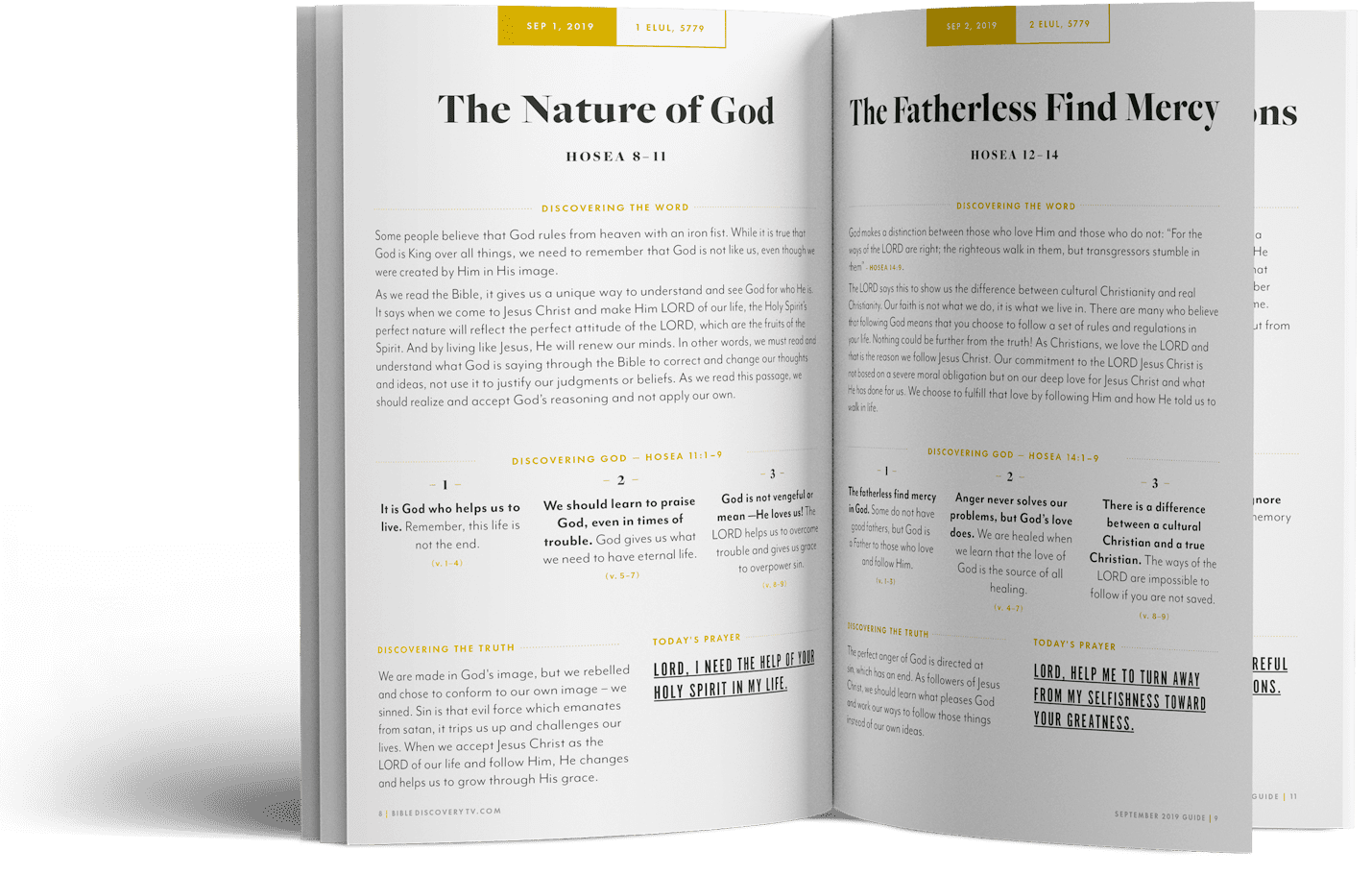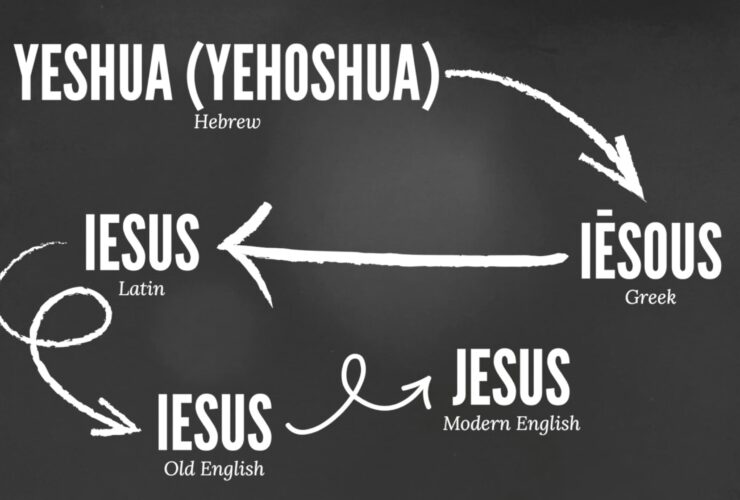While the prophet Jeremiah is endearingly known as the weeping prophet, when it comes to his 52-chapter book some may think of him as the “sleeping” prophet instead. This is because it seems he wasn’t paying attention when he arranged his prophecies as they appear to have no logical order.
As one scholar explains, “Unlike Ezekiel, whose prophecies are arranged in chronological order, Jeremiah often placed prophecies together that are dated years apart.”[1] For example, “Chapters 1-6 and 11-12 correspond roughly to the times of King Josiah’s reforms” while chapters 7-10 and 14-20 “came when Nebuchadnezzar rose to power. The rest of Jeremiah’s prophecies came at the time of the first deportation to Babylon, the second deportation to Babylon, the secret plot to rebel against Babylon, and the final siege and deportation to Babylon.” And “Chapter 52 was written at a later date.”[2]
But just because there is no chrono-logical order to Jeremiah’s prophecies doesn’t mean that there is no logical order. Obviously, there are other ways to arrange material, even if it isn’t evident to us. As a matter of fact, the book itself hints that there is indeed a logical pattern to these prophecies (see Jer. 25:13; 30:2; 36:2, 32). The question is, what is that pattern? Bible scholar Charles H. Dyer suggests that Jeremiah—or whoever arranged his prophecies (perhaps his scribe Baruch)—arranged them not chronologically but rather according to a specific theme. Namely, God’s judgment. Notice that Jeremiah chapters 2-45 address God’s judgment on Judah, while chapters 46-51 address God’s judgment on the gentile nations.[3], [4]
But these two main sections of prophecy can be broken down even further. For example, in chapters 2-25 there are 13 pronouncements of judgment on Judah. Chapters 26-29 then records Judah’s rejection of these warnings which seals their fate. God will bring judgment upon them. But before this judgment, Jeremiah, in chapters 30-33 looks to Judah’s future hope. Then in chapters 34-36 he returns to the theme of God’s judgment upon Judah. Then in chapters 37-45 Jeremiah outlined the events that took place before, during, and after Jerusalem’s fall. As Dyer points out, “God accomplished His judgment on the nation because of her sin. And yet if God’s Chosen People were judged for their sin, how could the rest of the world hope to escape? In chapters 46-51…Jeremiah turned to these other nations and foretold their judgment.”[5] And chapter 52, the final chapter, was written later (perhaps by a different author entirely) “to show that Jeremiah’s words of judgment had been fulfilled and that [King] Jehoiachin’s release foreshadowed God’s promises of restoration and blessing.”[6]
So while at first glance Jeremiah’s book may seem to be an unorganized mess of prophecies, upon closer examination we find that there is indeed a very thoughtful and logical order.

Ryan Hembree is a daily co-host, speaker, and writer of Bible Discovery. He also hosts a YouTube channel that shows the unity of the Bible and how science and Scripture fit together. Ryan also has an honorary Masters of Ministry in Creation Science from Phoenix University of Theology.
[1] Charles H. Dyer, The Bible Knowledge Commentary, Old Testament, P. 1123, John F. Walvoord and Roy B. Zuck general editors.
[2] Ibid., P.1123.
[3] Ibid., P.1128.
[4] Interestingly, Jeremiah is arranged slightly differently in the Greek version of the Old Testament (the Septuagint) than it is in the Hebrew version (the Masoretic Text). Old Testament scholar Dr. Gleason Archer noted that “chapters 46-51 of the MT (Masoretic Text) are placed after chapter 25 in the LXX (Septuagint), and they are arranged in a somewhat different sequence.” (Gleason L. Archer, A Survey of Old Testament Introduction, P.402). This goes to show that thought went into the arrangement of these prophecies, whether by Jeremiah, Baruch, or even later translators.
[5] Ibid., P.1128.
[6] Ibid., P.1128.






